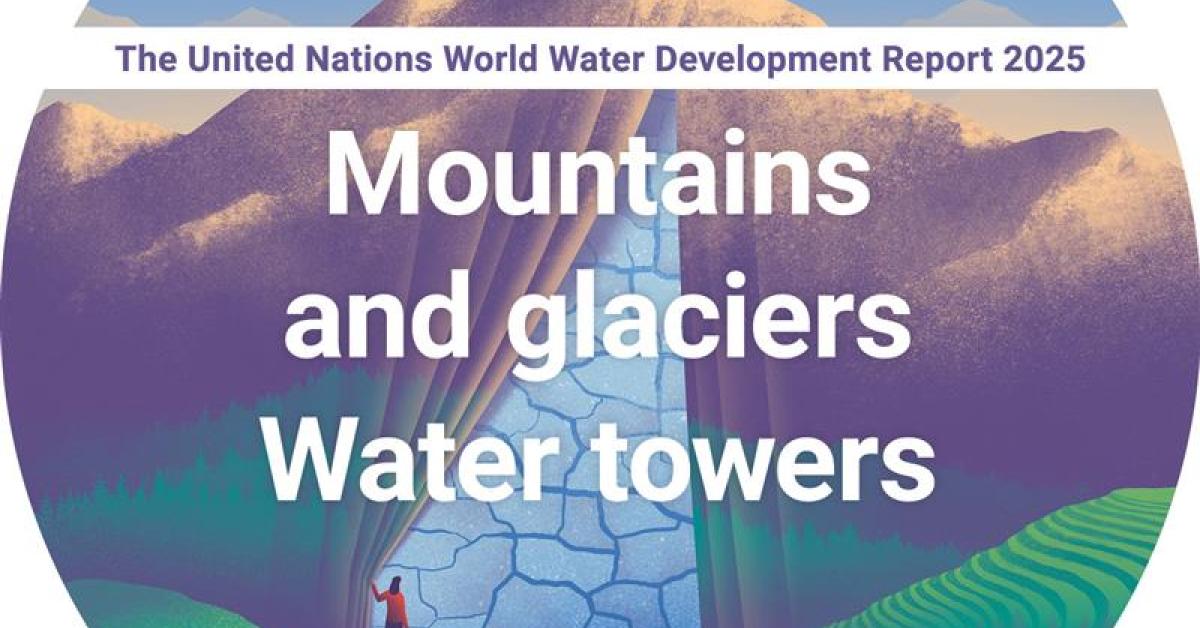- Courses
- GS Full Course 1 Year
- GS Full Course 2 Year
- GS Full Course 3 Year
- GS Full Course Till Selection
- CSAT
- 5 LAYERED ARJUNA Mentorship
- Public Administration Optional
- Online Program
- GS Recorded Course
- NCERT Batch
- Polity Module Course
- Geography Module Course
- Economy Module Course
- AMAC Module Course
- Modern India, Post Independence & World History Module Course
- Environment Module Course
- Governance Module Course
- Science & Tech. Module Course
- International Relations and Internal Security Module Course
- Disaster Management Module Course
- Ethics Module Course
- Essay Module Course
- Current Affairs Module Course
- ABOUT US
- OUR TOPPERS
- TEST SERIES
- FREE STUDY MATERIAL
- VIDEOS
- CONTACT US
Ramsar Sites
Ramsar Sites
Context:
- Recently, the Central government has launched the "Amrit Dharohar Initiative" to promote tourism in ecologically sensitive wetlands in India.
What is a Wetland?
- A wetland is an area where the land is covered with water, either permanently or temporarily. It includes both a natural as well as an artificial site.
- These include swamps, marshes, lakes, mudflats, mangroves, coral reefs, or any other bodies of water.
- Wetlands of international importance are also known as Ramsar sites.
Why are wetlands termed as ‘Ramsar sites'?
- In 1971, the Ramsar Convention was signed at Ramsar city of Iran.
- It is aimed at the conservation and sustainable use of wetlands.
- The convention provides a framework for National governments and the international community to take action for the conservation of these sites. The convention provides strict guidelines to the governments.
- When a wetland is designated as a Ramsar site, it means it is recognized for its ecological value, and countries agree to conserve and sustainably use these areas.
Total Ramsar Sites in the World |
2,500 |
Total Ramsar Sites in India |
75 |
World’s First Ramsar Site |
The Cobourg Peninsula in Australia |
Country with the maximum number of Ramsar Sites |
United Kingdom (175) |
Country with the maximum area as Ramsar Site |
Bolivia |
Largest Ramsar site in India |
Sunderban (West Bengal) |
Oldest Ramsar sites in India |
Chilka Lake and Keoladeo Ghana National Park |
What are the criteria for a Ramsar Site?
Criteria 1 |
It is a rare or unique example of a natural or near-natural type in its region |
Criteria 2 |
It supports vulnerable or endangered species or threatened ecological communities. |
Criteria 3 |
It sustains plant and/or animal species crucial for the biological diversity of a specific region. |
Criteria 4 |
It provides support during critical life stages for certain plant and/or animal species. |
Criteria 5 |
It regularly hosts 20,000 or more waterbirds. |
Criteria 6 |
It supports 1% of the individuals in a population of one species or subspecies of waterbird. |
Criteria 7 |
It supports a significant proportion of indigenous fish subspecies |
Criteria 8 |
It is an important source of food for fishes, spawning ground, nursery, and/or migration path on which fish stocks depend |
Criteria 9 |
It regularly supports 1% of the individuals in a population of a non-avian wetland-dependent species. |
Ramsar Sites in India:
State |
Total Sites |
Ramsar Sites |
|
Tamil Nadu |
14 |
Chitrangudi Bird Sanctuary, Gulf of Mannar Marine Biosphere Reserve, Kanjirankulam Bird Sanctuary, Karikili Bird Sanctuary, Koonthankulam Bird Sanctuary, Pallikaranai Marsh Reserve Forest, Pichavaram Mangrove, Point Calimere Wildlife Sanctuary, Suchindram Theroor Wetland Complex, Udhayamarthandapuram Bird Sanctuary, Vaduvur Bird Sanctuary, Vedanthangal Bird Sanctuary, Vellode Bird Sanctuary, Vembannur Wetland Complex |
|
Uttar Pradesh |
10 |
Bakhira Wildlife Sanctuary, Haiderpur Wetland, Nawabganj Bird Sanctuary, Parvati Arga Bird Sanctuary, Saman Bird Sanctuary, Samaspur Bird Sanctuary, Sandi Bird Sanctuary, Sarsai Nawar Jheel, Sur Sarovar (Keetham Lake), Upper Ganga River (Brijghat to Narora) |
|
Odisha |
6 |
Ansupa Lake, Bhitarkanika Mangroves, Chilika Lake, Hirakud Reservoir, Satkosia Gorge, Tampara Lake |
|
Punjab |
6 |
Beas Conservation Reserve, Harike Wetland, Kanjli Wetland, Keshopur-Miani Conservation Reserve, Nangal Wildlife Sanctuary, Ropar Wetland |
|
UT of JK |
5 |
Hokera Wetland, Hygam Wetland Conservation Reserve, Shallbugh Wetland Conservation Reserve, Surinsar-Mansar Lakes, Wular Lake |
|
Gujarat |
4 |
Khijadia Wildlife Sanctuary, Nalsarovar Bird Sanctuary, Thol Lake, Wadhvana Wetland |
|
Madhya Pradesh |
4 |
Bhoj Wetland, Sakhya Sagar, Sirpur Wetland, Yashwant Sagar |
|
Kerala |
3 |
Ashtamudi Wetland, Sasthamkotta Lake, Vembanad-Kol Wetland |
|
Himachal Pradesh |
3 |
Chandra Taal, Pong Dam Lake, Renuka Lake |
|
Maharashtra |
3 |
Lonar Lake, Nandur Madhameshwar, Thane Creek |
|
West Bengal |
2 |
East Kolkata Wetlands, Sundarbans Wetland |
|
Rajasthan |
2 |
Keoladeo National Park, Sambhar Lake |
|
UT of Ladakh |
2 |
Tso Kar (High Altitude Ramsar Site), Tsomoriri (High Altitude Ramsar Site) |
|
Haryana |
2 |
Bhindawas Wildlife Sanctuary, Sultanpur National Park |
|
Andhra Pradesh |
1 |
Kolleru Lake |
|
Manipur |
1 |
Loktak Lake |
|
Assam |
1 |
Deepor Beel |
|
Bihar |
1 |
Kanwar (Kabar) Taal |
|
Mizoram |
1 |
Pala Wetland |
|
Karnataka |
1 |
Ranganathittu Bird Sanctuary |
|
Uttarakhand |
1 |
Asan Barrage |
|
Tripura |
1 |
Rudrasagar Lake |
|
Goa |
1 |
Nanda Lake |
What is the Amrit Dharohar Initiative?
- It is part of the Amrit Dharohar Capacity Building Scheme of 2023.
- It aims to promote the unique conservation values of Ramsar Sites in India.
- The initiative is a collaboration between
- Union Tourism Ministry
- Ministry of Environment, Forest and Climate Changecurrent



